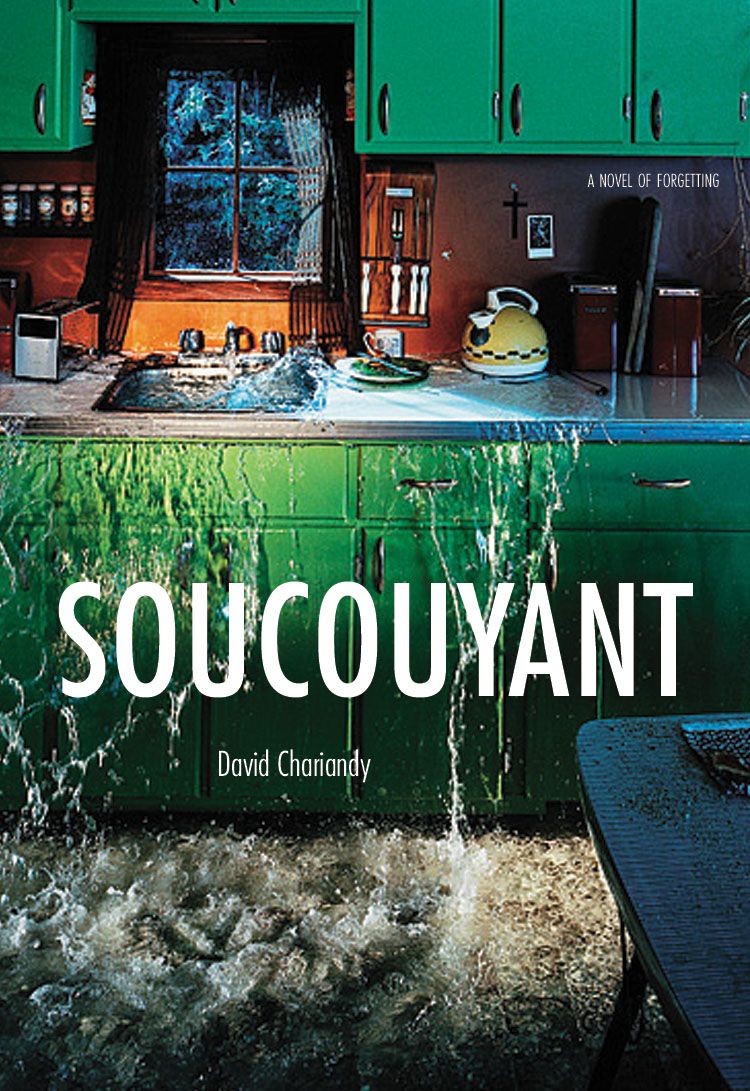Derek Walcott opines in his essay ‘The Muse of History’- “Amnesia is the history of the new world”. Interestingly this was quoted by Caribbean- Canadian author David Chariandy in the acknowledgements section of his novel Soucouyant, published in 2007.
With clear autobiographical elements present, one sees the predicament of Caribbean immigrants of mixed race struggling to ‘make it big’ in the New World. In the frame is an unnamed narrator’s homecoming to his dementia-ridden mother Adele, and his attempt to interpret and if possible, comprehend her traumatic past.
Memory is our link to the past, and is considered by many as a treasure that no one could purloin from them. Memory could be invoked to come to terms with the past or to repress, to forget, or simply to reminisce. In Chariandy’s words- “Memory is a carpet stain that no one would confess to.”

Soucouyant centres around the idea of memory, focusing on Adele suffering from the early onset of dementia. The theme of memory is observed everywhere in the novel and the technique of using flashbacks reinforces this fact. Adele, who was slowly forgetting everything around her, was unwilling to admit that she had forgotten her son who had left home two years ago. In the context of Chariandy’s novel, Adele’s dementia is emblematic of the predicament of the Caribbean people whose history and identity are coloured extensively by colonisation and its aftermath. It could be said that Adele was ‘forced to’ forget certain things in her youth. She had come to Canada in the hope of making a better living, but the racial discrimination made it impossible for any goals to come into fruition.
The Caribbean experience, among the various colonial experiences in the world, is an amalgamation of slavery, an alien landscape and a struggle to create history. Hence, to start anew, they may have to ‘forget’ in order to actually ‘remember’, though it is no easy task to completely wipe away the psychological trauma imposed by colonization.
“My history is a travel guidebook. My history is a creature nobody believes in. My history is a foreign word”- feels the unnamed narrator who could not agree with his local librarian that his Caribbean history was his ‘blood and flesh’.
One of the most striking features in the structure of Soucouyant is having graphic illustrations at the beginning of every chapter- the narrator’s brother’s ‘poetry’. It is no poetry comprising of lines, rhythm or meter, but simply scribbles, symbolic of an ocean of trauma and deprivation.
The narrative style of interweaving themes like memory, history and cultural identity reveals that Soucouyant is more than a poignant mother and son tale. The title ‘Soucouyant’ refers to mythological female vampire from the Caribbean folklore who disguised herself at night as a ball of fire and set out to suck her victims’ blood, leaving a bruise. The narrative constantly makes references to this mythical creature and the metaphorical bruises each character has like a ‘red puzzle’ against the skin, like ‘quarrels deep within the flesh.’∎
Sathya Pramode is a professor of English literature at Jyoti Nivas College Autonomous, Bangalore.